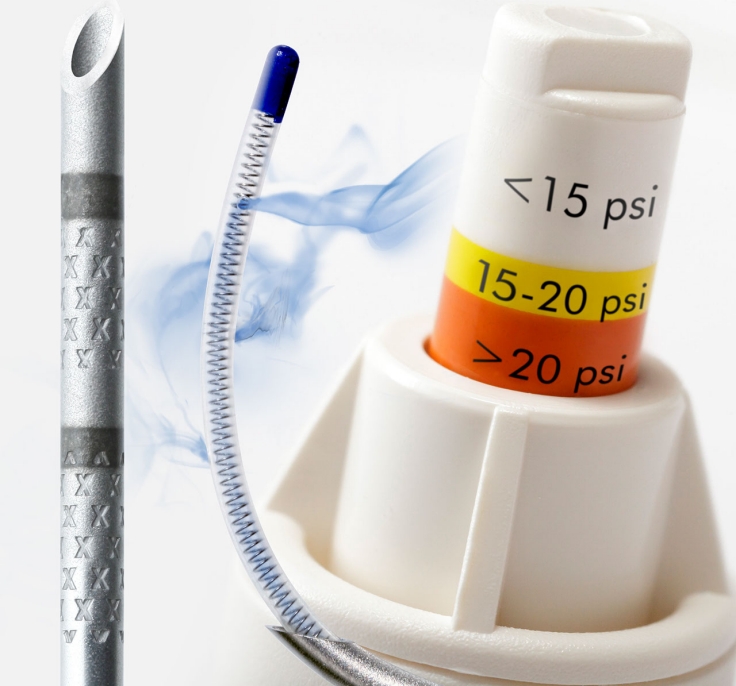"Obstetric anesthesia and analgesia is the only area of anesthetic practice where two patients are cared for simultaneously." -The CCT in Anesthetics
Pain Management in Obstetrics
Whenever an expectant mother receives pain treatment, a team of physicians and nurses care for two patients health – the mother and the unborn child. Adequate pain management in the field of obstetrics has undergone fundamental changes not only in the technique itself, but also in the understanding of medical outcomes, related risks and the perception of pain.
Modern pain management provides a holistic approach, starting from onset of labor, covering the phases of dilatation and expulsion and ending with treatment of a cesarean wound. Smart product solutions enable the pregnant woman to give birth in the most relaxing atmosphere with reduced or limited pain.
Treatment Options
In a perfect world, differentiation between natural and elective birth would be sufficient. In reality, unforeseen events could increase the risk for both the mother and her unborn child, potentially leading to an emergency. Health conditions mainly determine the appropriate approach to anesthesia and analgesia based upon the clinical situation, planned procedure, along with the patient's condition and preference.
Preparation
In preparation of the procedure, correct patient positioning is a prerequisite for successful placement of neuraxial needles and catheters. Specific procedural kits contain all the products required – from drapes, to needle, catheter, connector and dressing – to enable a safer and efficient set up. Many other B. Braun products contribute to this process as well.
Treatment Plan
Neuraxial methods require the injection of the local anesthetic into the correctly positioned needle or catheter, either via a single shot, intermittent bolus or a continuous infusion technique.
Recovery
After giving birth, women would like to take care of their newborns. This should not be hindered by in adequate management of post operative pain, especially after a C-section. Multimodal pain management in combination with new techniques - such as peripheral nerve blocks via a TAP block - increases her comfort level during recovery.
Recovery Links
XLong Regional Anesthesia Needles
We’ve gone to greater lengths, helping you to achieve optimized pain management
Patient demographics are rapidly changing and so are we. BMI continues to climb year after year1, contributing to a variety of patient shapes, sizes, and anatomies.
Using appropriate length needles in Regional Anesthesia procedures may help increase the success rate of lumbar puncture.2 In addition, utilizing regional anesthesia reduces opioid requirements and their associated side effects, and helps to avoid the use of general anesthesia.3
Dedicated to helping achieve optimized pain management, B. Braun offers a wide range of XLong Epidural, Spinal, and CSE products, allowing the clinician to choose the right needle for their patient.
To learn more, download B. Braun's Xlong Needle Brochure.
References
1 WHO World Health Organization Chart
2 Jayaraman L. Sethl N, Malhotra A, Sood J. Long length spinal needle in obese patients. The Internet Journal of Anesthesiology, 2009 Volume 19 Number 1.
3 Brodsky J. Why Regional Benefits the Obese, Supplement to Outpatient Surgery Magazine 2012 Manager’s Guide To Ambulatory Anesthesia Caring for the High-Acuity Patient, July 2012 40:22-27


